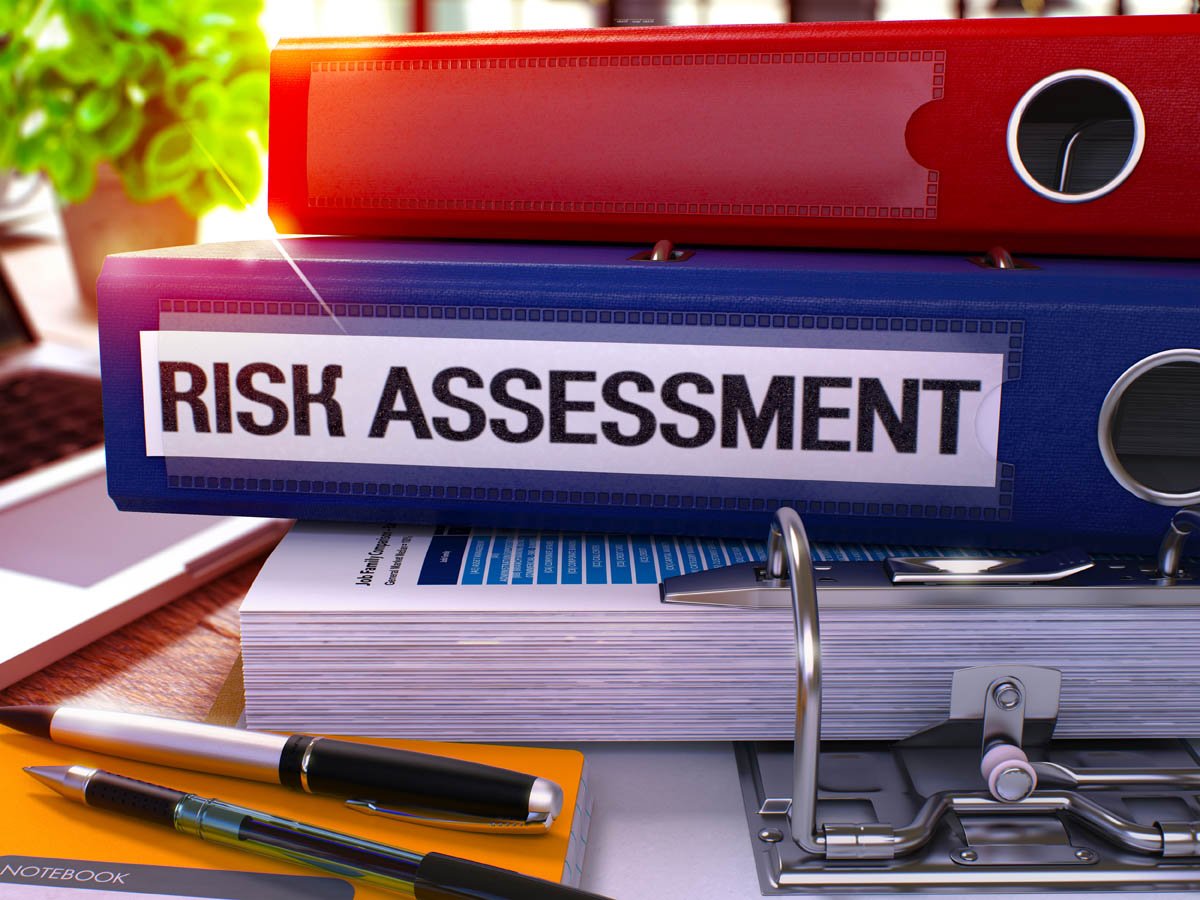The Fire Safety Bill and other UK fire safety orders that outline the British standards for fire safety are intended to make sure that the risk of fires breaking out in residential properties is significantly reduced. In light of events like the Grenfell Tower tragedy, authorities are applying much more stringent protocols to the fire safety standards of properties throughout the country, especially high rise buildings that are home to hundreds of tenants.
As many of us are forced to work from home due to the pandemic, it has become even more imperative that buildings are up to code. If you’re a landlord, property manager, or another person responsible for handling the fire safety standards of a building, we’ve outlined a few important things to keep in mind when conducting a fire risk assessment for flats.
What is the Legislation?
There are various rules you should be aware of today. Some have been around for a long time, while others are quite recent. For instance, the Fire Safety Bill of 2020 will be an amendment to the Regulatory Reform (Fire Safety) Order 2005.
Multi-occupied domestic residential properties have been identified as high-risk areas where accidental fires can cause huge and lasting damage to people’s lives and communities. Recent legislation is designed to reduce the dangers that fire poses to residents and protect lives.
The responsible person or duty-holder is required to consider several factors to reduce and manage the risk of fire in such properties, including the structure and external walls of the building, including cladding, balconies and windows, and entrance doors to individual flats that open into common parts.
Recent changes to the UK fire safety policy puts more pressure on building owners to be held accountable for not complying with the necessary fire safety guidelines by fire and rescue authorities. Therefore, it’s imperative that all landlords and building managers are aware of their responsibilities and do what they need to comply with regulations.
Conducting Fire Risk Assessments
One of the key roles of managing a property that houses multiple tenants, such as blocks of flats, is to conduct comprehensive fire risk assessment reports. Generally, there are five key steps to conduct when carrying out the assessment:
- Identify the fire hazards
- Identify people at risk
- Evaluate, remove or reduce the risks
- Record your findings, prepare an emergency plan and provide training
An assessment should lead to a full fire safety plan and strategies for preventing fires as well as emergency plans for how to deal with fires if they do break out. As such, these fire safety reports should be active documents that are regularly reviewed and maintained. Each new managing agent of the landlord must carefully review the contents of the most recent fire risk assessment report and make sure everything is up to code.
This job also requires you to make changes to the building as well as notify tenants of what they must do to comply with fire safety standards.
Reviewing and Updating Your Fire Risk Assessment
Identifying any potential fire hazards is just the start of the fire prevention process. This can include removing any flammable chemicals and substances and changing old appliances for new ones. However, even with several changes to reduce risk, certain people will still be more at risk of fires. It’s important that these individuals are identified and strategies are built to protect them.
Another thing that needs to be included in the assessment is an emergency plan. The emergency plan should consist of where residents should exit in the event of a fire. The plan should include a meeting point, exit door locations and what to do if those doors are blocked due to the fire or obstructed in another way.
Professional Help
As this is such a high priority issue, it’s common and sometimes necessary for building managers and landlords to seek professional help from experts. When conducting a fire risk assessment for flats, you can work with external assessors who can help to conduct a fully comprehensive assessment and report for your entire property, leaving you with an actionable report that you can use to build fire prevention methods and build a solid emergency plan.
Using a fire risk assessor does cost money, but there are several benefits of using a professional to perform the assessment, such as being able to rest assured that you are not putting anyone’s life at risk unnecessarily or that you are not somewhat liable for something you have missed during the assessment process.
If you are thinking about hiring a professional fire risk assessor, get in touch with us at UK- Fire Risk assessment and we’ll help guide you through the process and the necessary requirements.

